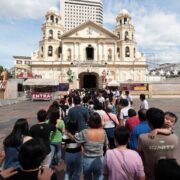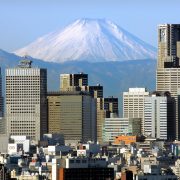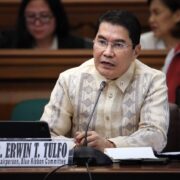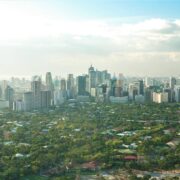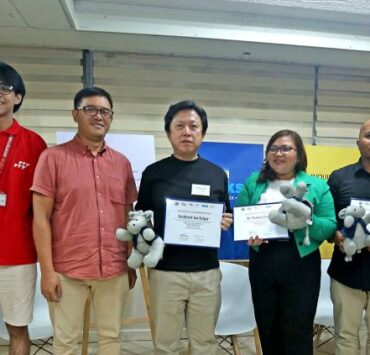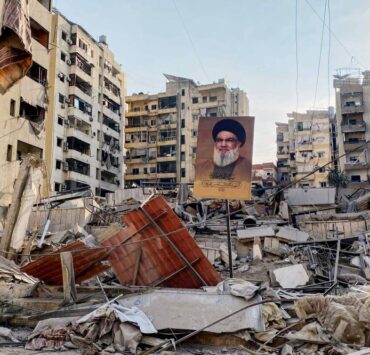How a province can thrive through resilient urban design, tourism
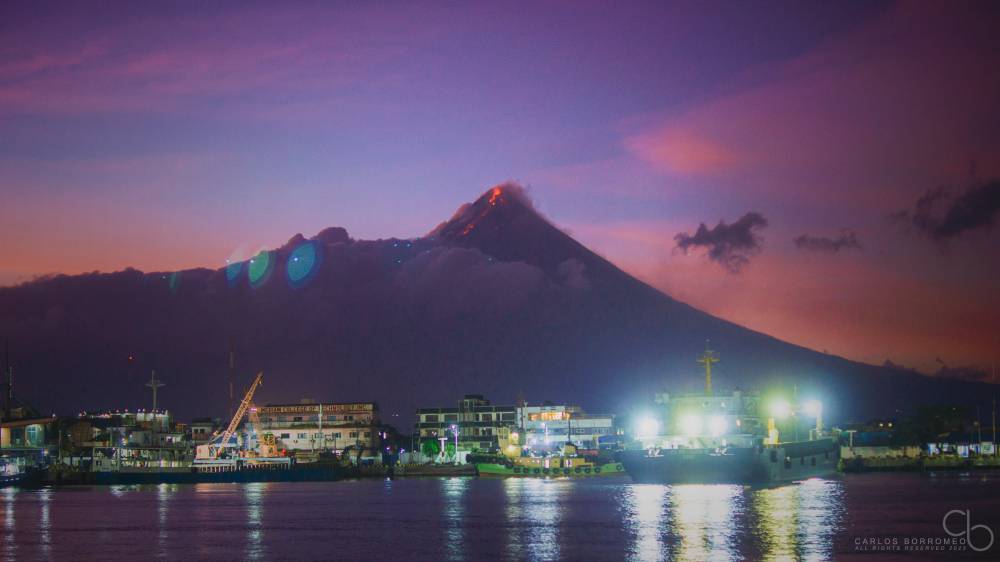
Urban design and tourism have historically shaped each other, with cities hosting various touristic activities that foster identity, community, and economic growth. This connection is vital for the development of vibrant, resilient cities.
Critical role
Gospodini highlights how urban design influences tourists’ preferences, suggesting its critical role in urban tourism development. This idea dovetails with the concept of resilience, originally established for ecological systems, which is now being applied to tourism.
Hall and Cochrane acknowledge the complexity and limited literature on tourism resilience, prompting the need to explore how urban design can enhance a location’s ability to withstand and recover from disruptions. Understanding this interplay is essential to creating resilient tourism landscapes.
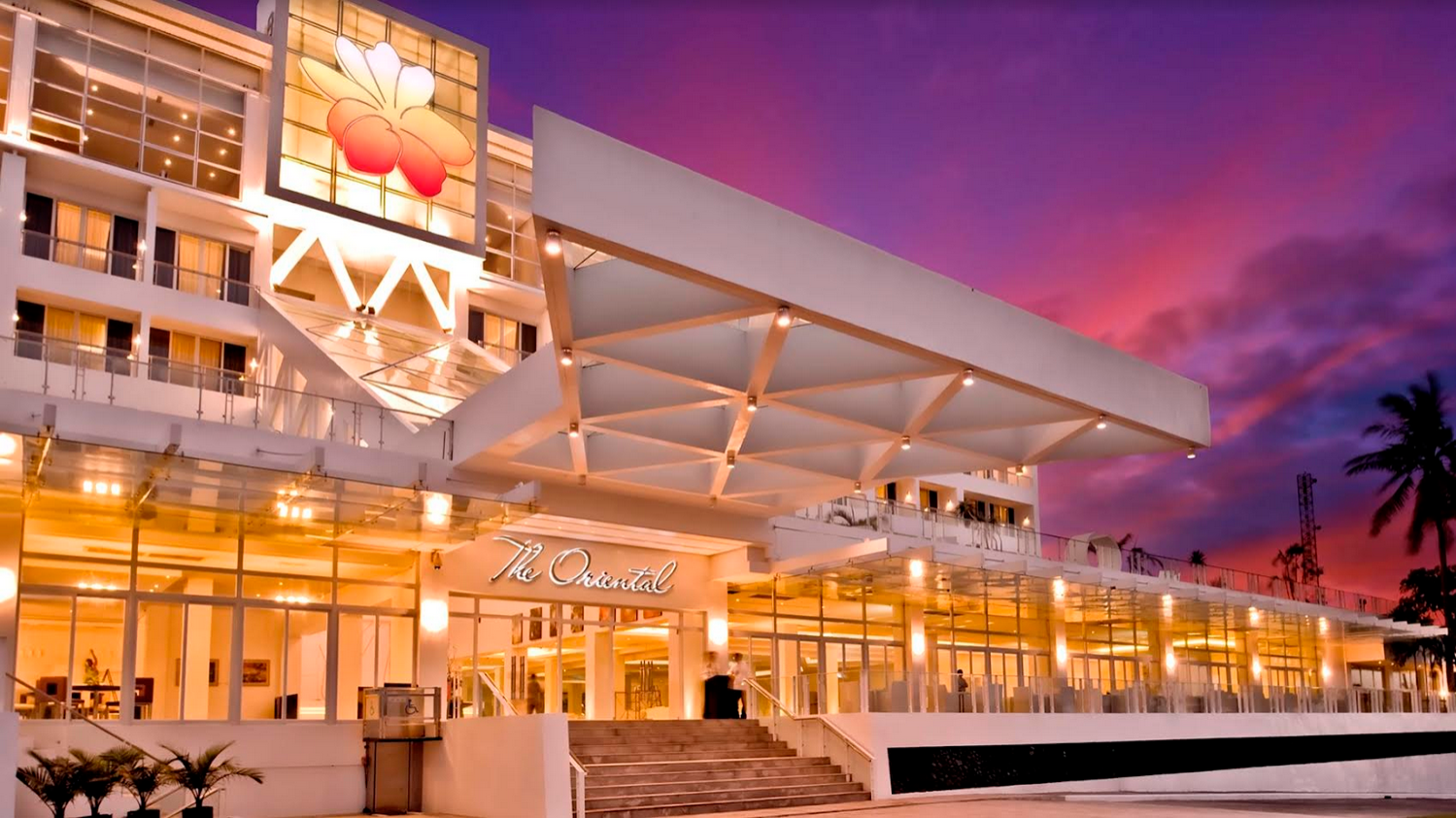
Albay serves as a compelling case study, where urban design and tourism resilience intersect. This region’s historical evolution from a small settlement called Ibalon to the current Albay reflects its continuous adaptation. Its historical and cultural richness adds layers to its potential for tourism resilience.
Understanding tourism resilience through urban design can indicate a location’s ability to withstand and recover from disruptions, benefiting both residents and visitors. Albay’s case illustrates how strategic urban design can foster tourism resilience.
Majestic Mayon
Mayon Volcano, Albay’s top tourist destination, draws foreign and local tourists with its picturesque, nearly perfect cone. While it’s a major attraction, its active nature also causes periods of destruction.
It draws huge crowds that marvel at it, especially when it is actively erupting. There was a 17.5 percent increase in tourist arrivals in the second quarter of 2023 when alert level 2 was raised in the area, compared to the same quarter in the previous year.
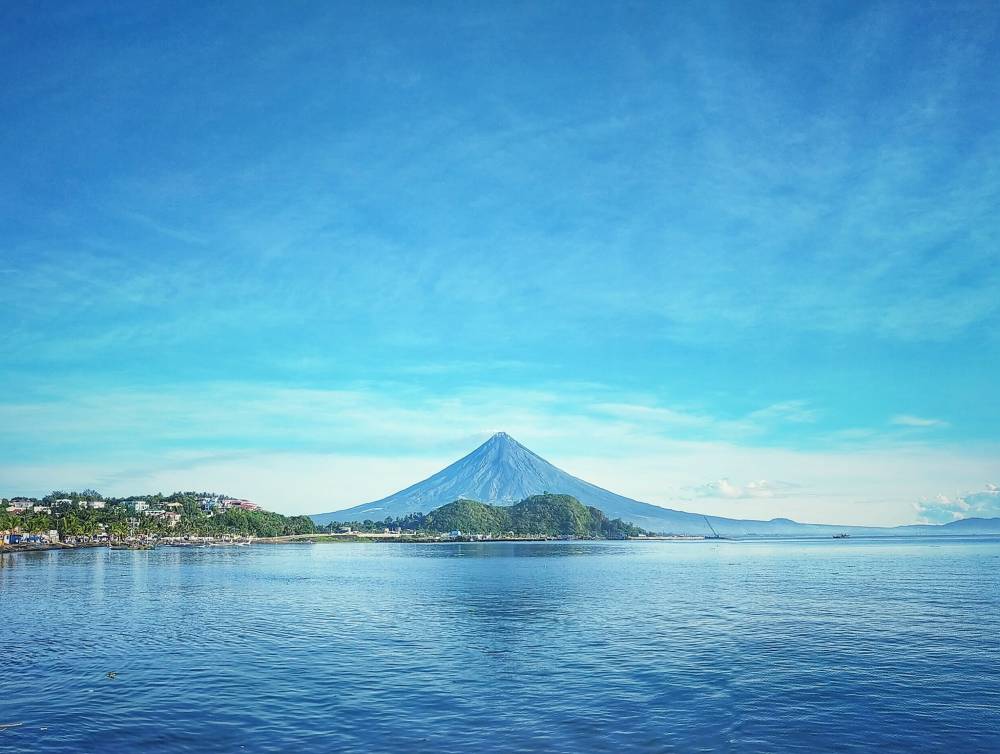
Albay’s position along the Pacific Ring of Fire and the Western Pacific basin makes it susceptible to earthquakes, tsunamis, volcanic hazards, and direct hits from 20 to 25 typhoons annually. These natural shocks have made Albay, its cities, and municipalities pioneers in disaster and community resilience.
Agenda for all
Cutter has proposed criteria for resilience measurement that should align with community goals, address multiple hazards, and be adaptable and scalable. Arup and the Rockefeller Foundation’s City Resilience Index, with its four categories (people, place, organization, knowledge) and 12 goals, offers a clear framework.
Albay Provincial Tourism, Culture, and Arts Office (PTCAO) Chief Dorothy Colle highlighted the resilient initiatives undertaken by the province’s tourism stakeholders.
“The Core Zones have been identified which contributes to the conservation of landscapes, ecosystems, species, and genetic variation, and strictly are no-build areas. The Buffer Zones, surrounding and contiguous to the core area, allow activities that can reinforce scientific research, education, and monitoring while contributing to protecting the core area. Beyond these are the Transition Zones, where sustainable development practices are promoted, fostering economic and human activities in harmony with nature,” Colle explained.
Resilient destinations
Improvements were noted with the opening of New Bicol International Airport, and efforts are still being done for more infrastructure and tourism products. Once fully operational for local and international flights, the Bicol International Airport in Daraga is projected to serve 2 million passengers annually.
The Cagsawa Ruins, constantly rebuilt after lahar inundations, show how local shop owners and LGUs improve the site around the ruins with elevated flooring and stalls for vendors. The tenacity, hard work and entrepreneurial spirit of these vendors are a manifestation of the success of the local crafts and food delicacies economy.
The Kawa-kawa Hill in Ligao, noted for its kawali or cauldron-shaped landform, remains a top attraction throughout the year, especially during Holy Week. Its stations of the cross were strategically masterplanned to go from the foot to the top of the ridge.
Sumlang Lake in Camalig, a world-class attraction, offers quality tourism activities like paddle boarding, fishing, and MICE functions.
The Proxy Hotel in Legazpi showcases adaptive reuse urban design by converting an old theater into a multi-purpose hall for meetings and conventions, highlighting how new uses can create new markets and activities.
The Oriental Hotel Legazpi, on top of the slopes of Taysan Hill since its construction in 1978, has been renovated multiple times. It has since reopened from its recent renovations by WTA Architecture and Design Studio, bringing in more tourists that prefer quiet, tranquility, and luxury accommodations.
Understanding the role of urban design in tourism resilience helps create cities that are not only attractive to tourists but are also resilient to challenges.
References:
ARUP. (2018). City Resilience Index. Cityresilienceindex.org. https://www.cityresilienceindex.org/#/
Cochrane, J. (2015). The Sphere of Tourism Resilience. Tourism Recreation Research. DOI: 10.1080/02508281.2010.11081632
Cutter, S. L., Burton, C. G., & Emrich, C. T. (2010). Disaster Resilience Indicators for Benchmarking Baseline Conditions. Journal of Homeland Security and Emergency Management, 7(1). https://doi.org/10.2202/1547-7355.1732
Gospodini, A. (2001). Urban Design, Urban Space Morphology, Urban Tourism: An Emerging New Paradigm Concerning Their Relationship. European Planning Studies, 9(7), 925–934. https://doi.org/10.1080/09654310120079841
Richelle Rhea R. Baria is a dedicated mother of three and an architect. She is an Assistant Professor and is currently pursuing her PhD in Designed and Built Environment (DBE) at the University of the Philippines Diliman, where she also serves the Urban Design Studio Laboratory Coordinator. Her research and design interests encompass architectural and urban design, architectural and urban lighting, the creation of women’s spaces, and the development of resilient coastal cities.



